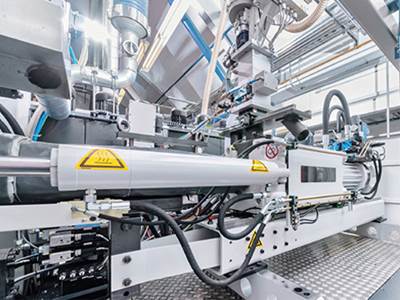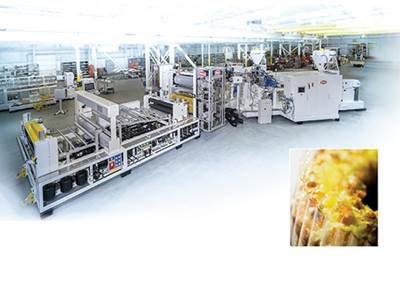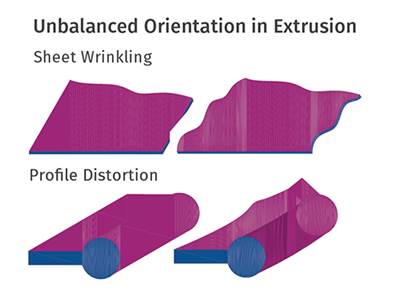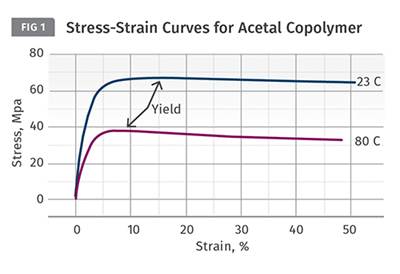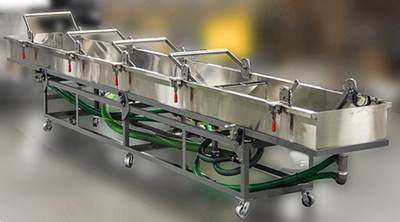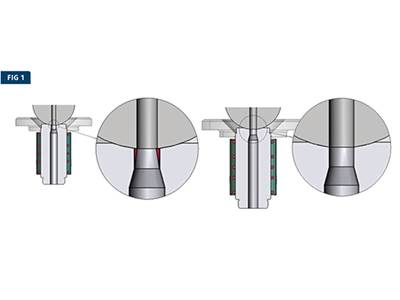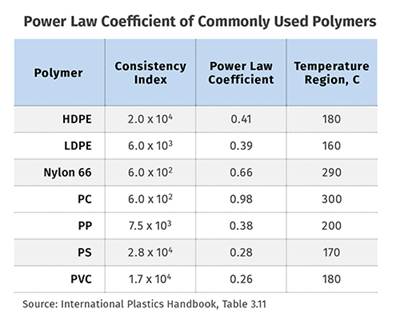processing tips
Understanding Machine vs. Plastic Variables
Why setup sheets, DOEs, validations, etc. may not yield the results they should.
Read MoreOvercome the Challenges in Winding Flexible Packaging Film
Not all film webs are created equal. This creates challenges for both winder and operator. Here’s how to handle them.
Read MoreHow Optical Sorting Can Boost Your Reclaim Operation
Here are tips on how to implement optical-sorting technology to increase the value of regrind and flake produced in your plant.
Read MoreELECTRIC DRIVES: Which One’s Right For Your Process?
Not all drives are created equal. There are a variety of options suited more to some applications than others. Here’s a handy guide to help you decide.
Read MoreHow to Keep Moisture Away From Your APET Sheet Line
Moisture in PET will result in degradation that will foul up sheet and thermoformed products. Keep it at bay by following these tips when drying APET virgin and flake material.
Read MoreExtrusion: How to Adjust for Polymer Shrinkage and Orientation
Polymers shrink and orient. Sometimes orientation is unbalanced, resulting in misshaped parts. But there are steps beyond tweaking the die that can mitigate these effects.
Read MoreMATERIALS: The Problems With Single-Point Data
Polymer properties are not constant as a function of temperature, and even small temperature changes can affect properties.
Read MoreFrom Extruder to Pelletizer: What Happens in Between Influences Quality
There’s a lot more to strand pelletizing than dunking material in water and hoping for the best. Here’s some advice on taking out some of the guesswork.
Read MoreTroubleshooting Material Burning In Hot-Runner Systems
Burns in hot runners can be misleading and hard to diagnose correctly. Follow these tips to track down the root cause of your problem.
Read MoreEXTRUSION: Another Technique for Controlling Melt Temperature
Flight widths are almost always designed at 10% of the screw diameter. But they can be optimized to reduce melt temperature and perhaps boost output.
Read More


